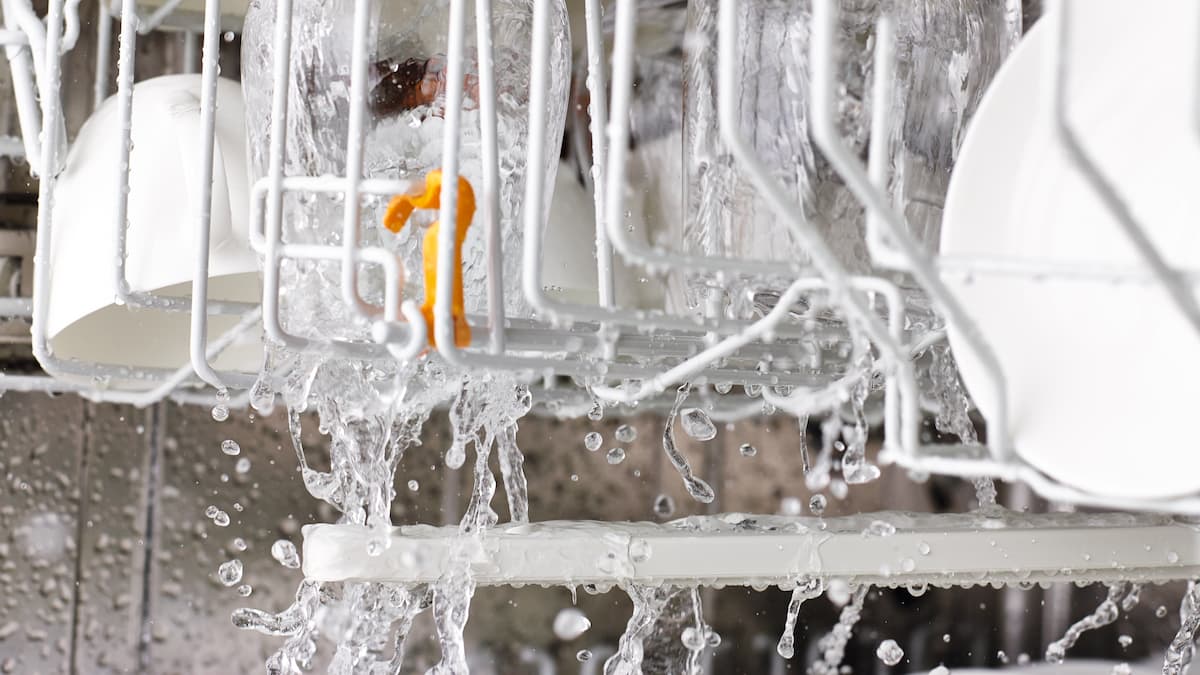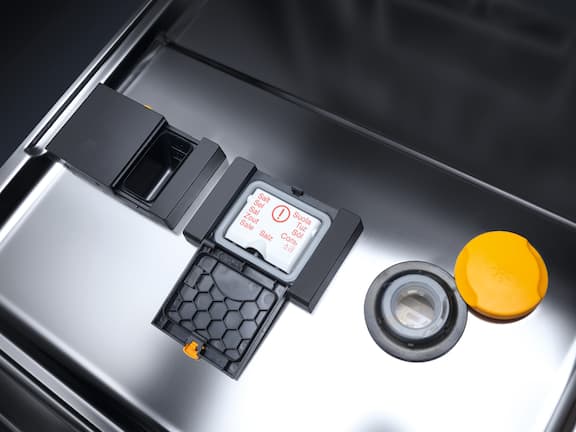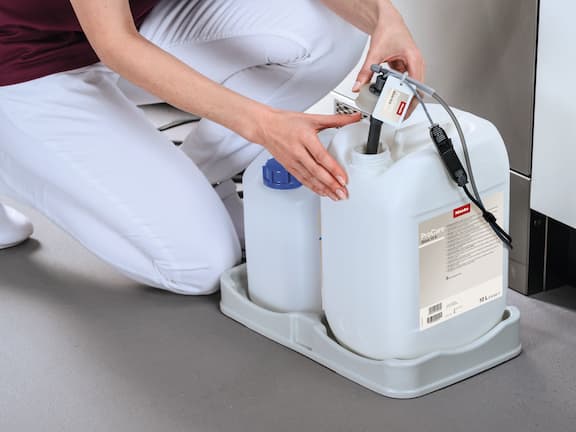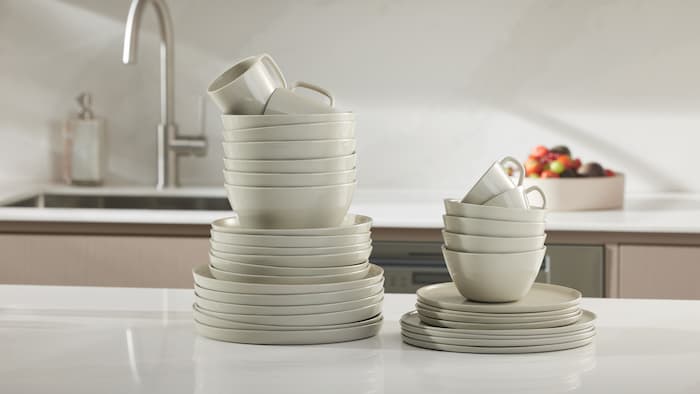
Safe Cleaning Process Thanks to Automatic Dispensing

But How Does Incorrect Dispensing Happen?
As far as manual dispensing is concerned, the stress of daily work combined with the fact that commercial dishwashers are operated by many different users results in discrepancies in the amount dispensed. Powder detergents are often dispensed too sparingly or too liberally. At first glance, detergent tablets seem to be the remedy – but their fixed size precludes adjustable dispensing to meet the specific needs of different loads. Furthermore, tablets do not provide any guarantee against forgetfulness
How to Achieve Consistently High Cleaning Performance
Cleaning results are influenced by the four parameters of temperature, mechanical action, time and chemistry. The first three of these parameters are dictated by the choice of program. An effective way of eliminating the risk of variation in the amount of detergent dispensed when dispensing manually and of ensuring consistently good cleaning performance is to automatically dispense liquid detergent. This not only saves valuable time spent on reworking but also avoids the excessive consumption of detergent.

How Does Automatic Dispensing Work?
Liquid detergent is automatically dispensed from a canister located close to the dishwasher. The detergent is added to the wash liquor via a dispenser pump and a siphon according to the dispensing concentration selected. This approach reliably prevents incorrect dispensing even when machines are operated by a variety of users, thereby achieving consistent standards of hygiene. At the same time, physical contact with detergents is reduced to a minimum, representing a contribution to improved occupational safety.

Conclusion
The automatic dispensing of liquid detergent helps users to achieve consistently high levels of hygiene involving minimum effort in many different situations at work. Fewer manual steps are required and the reliable dispensing of detergent ensures cost- and timeefficient cleaning. Controlled dispensing also makes for greater sustainability in the dishwashing process.
